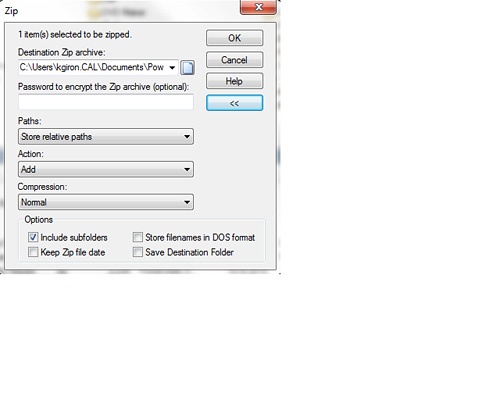Begin by uninstalling the trial software through the Programs and Features window—click on the software you want to get rid of, hit 'Uninstall,' and confirm it in the pop-up window. To get rid of the files associated with that program, it's time to head to the registry. Apr 17, 2018 The license is stored in the client's registry. Thirty-two bit RDP clients store their license under the key HKEYLOCALMACHINESoftwareMicrosoftMSLicensing. Important This section, method, or task contains steps that tell you how to modify the registry. However, serious problems might occur if you modify the registry incorrectly.

Files from a failed or removed installation take up disk space and can cause problems when you install or run a newer version of the Adobe application.
Delete files from a previous Adobe application installation
To delete files from a previous Adobe application installation, do the following:

If the Adobe application folder exists, drag it to Trash. By default, the folders are located in the Applications folder on the hard disk.
Drag the preferences folder to Trash from the Users/[User]/Library/Preferences folder. (For example, drag the Acrobat folder to Trash.)
Note:
The user Library folder is hidden by default in Mac OS X 10.7 and later releases. To access files in the hidden library folder, see How to access hidden user library files.
Drag the application PLIST file, located in the Users/[User]/Library/Preferences folder, to Trash. Skip this step if the Adobe application doesn't include a PLIST file.
If you don't have other Adobe applications installed on your computer, drag each of the Adobe folders to Trash from the following locations:
- Users/[User]/Library/Application Support
- Library/Application Support
Empty Trash. If you receive an error message while trying to empty Trash, see the next section.
If you receive a message that items are locked and cannot be deleted, press Option and then empty Trash.
Delete Registry Windows 10
If you still receive a message that the item is in use, do one of the following:
Delete Software Programs
- Quit the app that you were using with the file and then empty Trash.
- Restart your Mac and then empty Trash.
- Start your Mac in safe mode by holding down the Shift key while your Mac starts up. Then empty Trash and restart your Mac normally. For more information, see Use safe mode to isolate issues with your Mac.